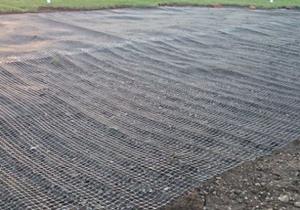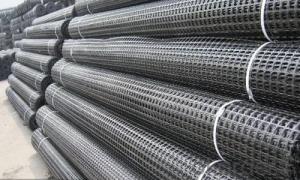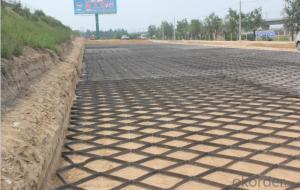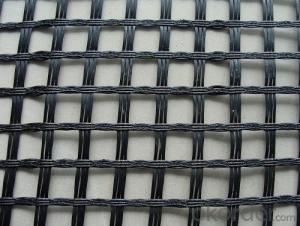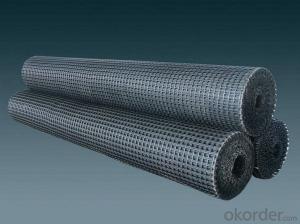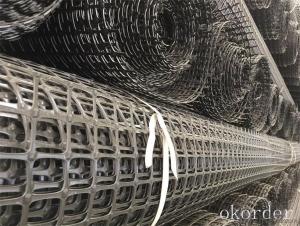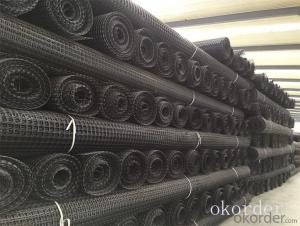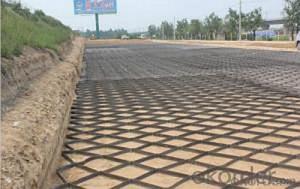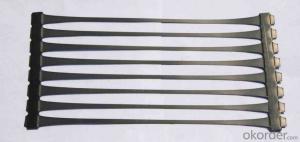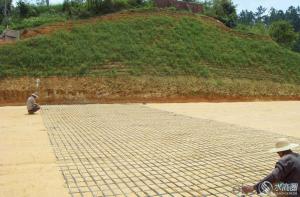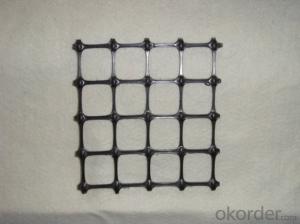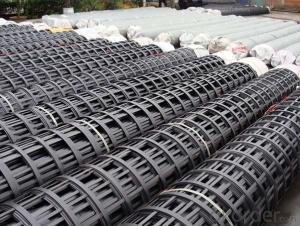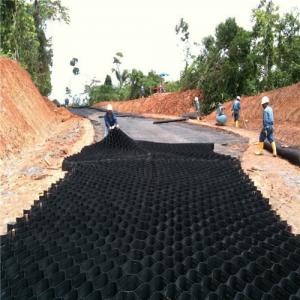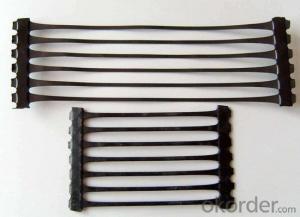Geogrid Reinforced Earth Wall
Geogrid Reinforced Earth Wall Related Searches
Geogrid Reinforced Soil Geogrid Reinforced Foundation Geogrid Walls Geogrid-Reinforced-Soil Geogrid Reinforced Slope Geogrid Retaining Walls Geogrid Base Reinforcement Geogrid Wall Construction Tensar Geogrid Reinforcement Geogrid Asphalt Reinforcement Geogrid Pavement Reinforcement Retaining Wall Geogrid Geogrid In Retaining Walls Slope Reinforcement Geogrid Geogrid Fabric Retaining Wall Geogrid Reinforcing Fabric Using Geogrid Retaining Walls Geogrid Fence Geogrid For Retaining Wall Retaining Wall With Geogrid Geogrid Reinforcement Mesh Extruded Geogrid Geogrid Strength Erosion Control Geogrid Geogrid Ground Stabilisation Reinforced Geomembrane Mse Wall Geogrid Synthetic Geogrid Geogrid Layer Vegetated GeogridGeogrid Reinforced Earth Wall Supplier & Manufacturer from China
Geogrid Reinforced Earth Wall is a construction technique that utilizes geogrid materials to reinforce the soil, creating a stable and strong retaining wall. This method is widely recognized for its ability to increase the load-bearing capacity of soil structures, making it an ideal solution for various civil engineering projects. The product is designed to withstand the forces exerted by soil and other materials, providing a reliable and long-lasting solution for retaining walls, slopes, and other earth-retaining structures.Geogrid Reinforced Earth Wall is commonly used in a variety of applications, such as highway and railway embankments, bridge abutments, and retaining walls for commercial and residential developments. Its versatility allows for the construction of walls with varying heights and angles, making it a popular choice for both small-scale and large-scale projects. The use of geogrids in earth walls not only enhances the structural integrity of the wall but also offers aesthetic benefits, as the facing of the wall can be customized to suit the surrounding environment.
As a leading wholesale supplier, Okorder.com offers a vast inventory of Geogrid Reinforced Earth Wall products, catering to the needs of contractors, engineers, and architects worldwide. With a commitment to quality and customer satisfaction, Okorder.com ensures that each Geogrid Reinforced Earth Wall product is manufactured to the highest standards, providing clients with a reliable and cost-effective solution for their earth retention needs.
Hot Products

